Othaya Coffee Cooperative introduces the flavor of Kenyan coffee.
Professional coffee knowledge exchange more coffee bean information please follow the coffee workshop (Wechat official account cafe_style)
Most of the Kenyan coffee that the editor often drinks is washed, but recently he has entered a sun-treated Kenya.
Kenya Othaya FCS Chinga Factory Natural
Othaya Cooperative of Kenya
Producing area: Neri, Kenya
Treatment: insolation
Altitude: 1700-1950 m
Varieties: SL28, SL34
Grade: AA
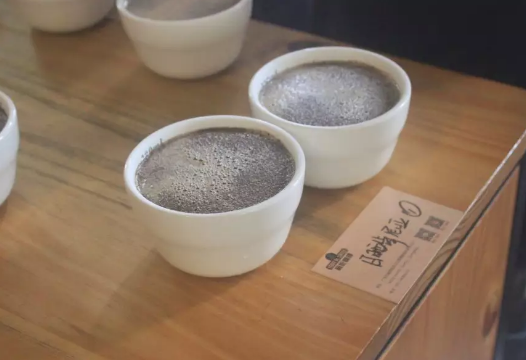
Production area introduction
Kenya is in the east of Africa, next to Ethiopia, the native place of coffee.
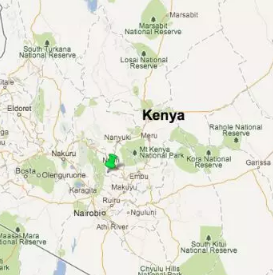
In Kenya, coffee producers can be broadly divided into two categories: large estates and small farmers, but regardless of large estates or small farmers, coffee beans are processed and sent to the official coffee shop for grading and auction: the coffee shop will send samples of raw beans to be auctioned to interested buyers and auction will be held every Tuesday in Nairobi, the capital (that is, NCE auction).
Our tanning Kenya is a clean processing plant from the Osaya Cooperative in Neri.
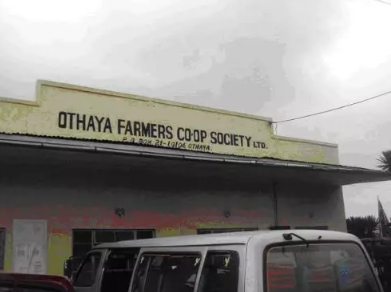
The Osaya Cooperative, located in the small town of Osaya in the Neri producing area, was established in 1956 and now has about 14000 members, which can be said to be a large cooperative.
The Osaya Cooperative has 19 processing plants, such as Kamoini, Gatugi, Ichamama and so on.
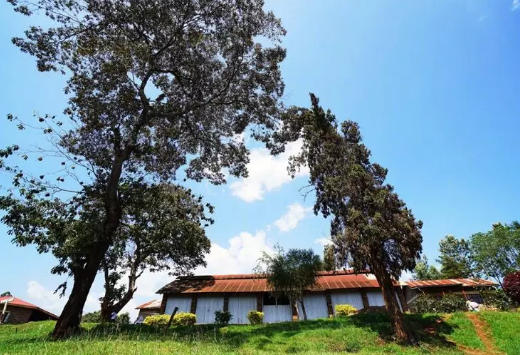
In order to improve production and quality, Osaya will apply for a grant from the World Bank to hire consultants for agronomic and harvest training; they also have their own nursery gardens and laboratories and will continue to develop new coffee varieties (ex. Batian) was used for planting experiment.
Moreover, the Osaya Cooperative has its own planting technology and marketing license, and they can trade with the international market on their own, and they are also a member of the Kenya Coffee Cooperative Export Organization (Kenya Cooperative Coffee Exporters, referred to as KCCE), so they can export coffee directly in the name of KCCE without having to go through the NCE bidding association.
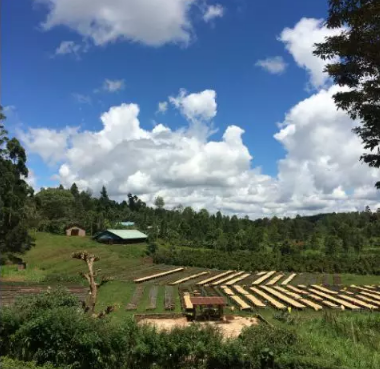
The Qingke plant, which was established in 1960, is one of the processing plants under the Osaya cooperative, dealing with coffee cherries from about 600 small farmers nearby.
Treatment method
The treatment of this bean is a rare kind of sun treatment in Kenya.
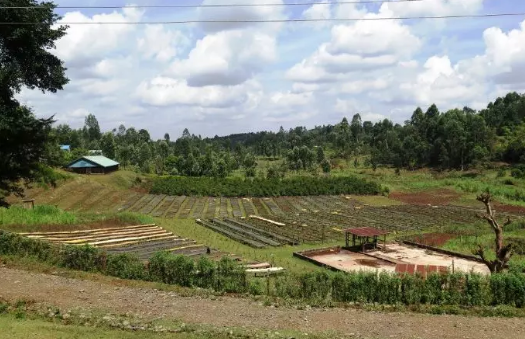
Exquisite sunburn usually takes 4 weeks or more, depending on the weather and the flavor you want to show. Care must be taken when drying, not only to avoid excessive temperature, but also to avoid moldy beans or bad smell caused by excessive fermentation.
Exquisite sun treatment turns the bright acidity of Kenyan coffee into a rich and complex fruit acidity.
Raw bean analysis
This sun-treated Kenyan coffee is SL28 and SL34. Raw beans look yellow and smell like apples and grass.
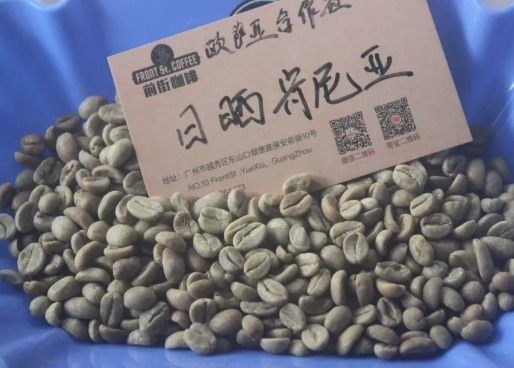
SL28 and SL34 can be said to be very common in Kenyan coffee. SL28 has a mixed pedigree of French missionaries, mochas and Yemeni iron pickups. The goal of cultivating SL28 was to mass produce coffee beans with high quality and resistance to diseases and insect pests.
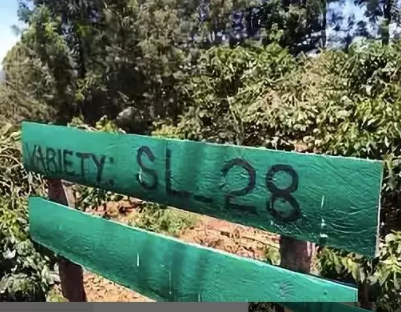
SL34 is similar to SL28 in flavor, with a heavier, fuller and cleaner finish than SL28, except for its complex acidity and great sweetness. SL34 has French missionaries, bourbon, and more Ironka lineage. Dou looks similar to SL28, but is more adaptable to sudden heavy rain.
Baking analysis
The texture of this bean is hard and the moisture content is medium. We choose light to moderate baking to highlight its sweet and sour feeling. We choose to use medium firepower for dehydration, gradually reduce the fire, and climb steadily to bake.
Without lowering the fire after an explosion, the Roast Delta (coffee bean roasting difference) is rapidly raised by high temperature, hoping to develop a multi-level flavor while limiting the development time, so as to prevent the flower and fruit aroma produced by the Mena reaction from being worn out and retain bright and clear fruit acidity.
Roaster Yangjia 800N (baking capacity 550g)
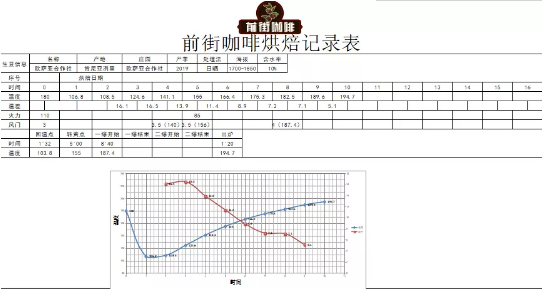
The furnace temperature is 180℃, the firepower is 110min, and the throttle is open to 3.5.When the furnace temperature is 140℃, the throttle is opened to 3.5.When the furnace temperature is 155℃, the bean meter turns yellow, the smell of grass disappears completely, and enters the dehydration stage. When the furnace temperature reaches 156℃, the firepower is adjusted to 85, and the throttle remains unchanged.
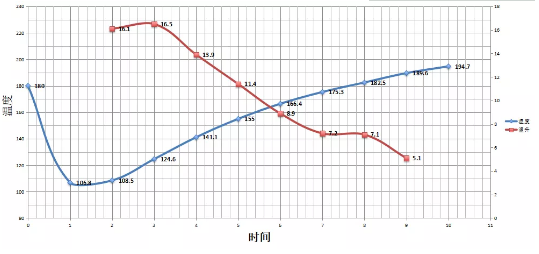
The smell of toast obviously changes to the smell of coffee, which can be defined as a prelude to an explosion. At this time, it is necessary to listen carefully to the sound of the explosion point. When the sound of the explosion point begins to explode, the throttle opens to 4, and after the explosion, the development of the ℃ after the explosion begins.
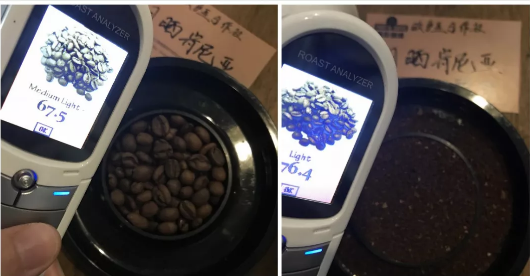
Agtron bean color value is 67.5 (left), Agtron pink value is 76.4 (right), Roast Delta value is 8.9.
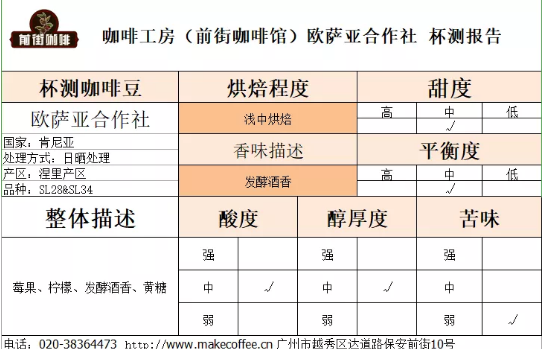
Cup test flavor: berries, lemon, fermented wine, yellow sugar
Brewing and sharing
Suggested cooking method: hand flushing
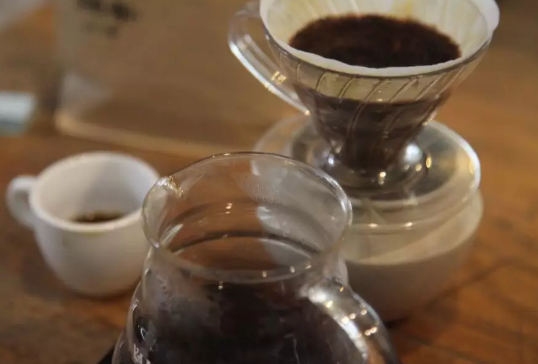
1. Filter cup: Hario V60
2. Water temperature: 90 ℃
3. Degree of grinding: medium and fine grinding (BG 5R: 58% pass rate of Chinese standard No. 20 screen)
4. Ratio of powder to water: 1:16
5. Technique: segmented extraction.
32 grams of water is steamed for 30s
Section: water injection to 125g water cut off, water level drop is about to expose powder bed to continue slow water injection to 240g stop
That is, 30-125-240
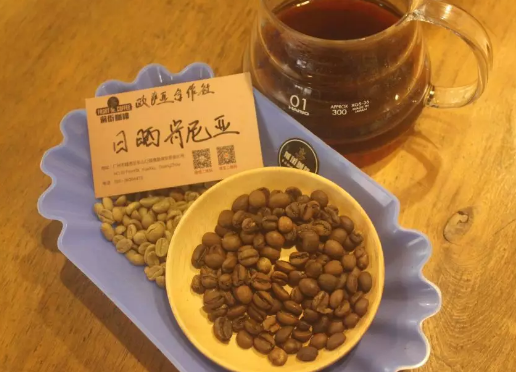
Flavor: the palate is solid, with aromas of black plum, berries, lemon grass and grapefruit, sweet yellow sugar and fruit wine.
END
Important Notice :
前街咖啡 FrontStreet Coffee has moved to new addredd:
FrontStreet Coffee Address: 315,Donghua East Road,GuangZhou
Tel:020 38364473
- Prev

Hawaiian Kona Coffee Greenwell Farm Coffee introduction to Hawaii kona Coffee drinking
For more information on coffee beans, please follow the coffee workshop (Wechat official account cafe_style). The popularity of Hawaiian coffee mainly comes from this producing area. Unlike other producing areas in Hawaii, the coffee cultivation here is more diversified. There are more than 630 coffee plantations producing coffee, mostly covering an area of less than 2 hectares, usually.
- Next
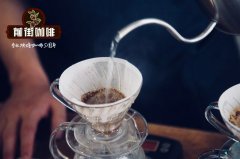
WBC Champion Coffee Bean introduces the flavor characteristics of anaerobic fermented coffee beans in Messina treatment plant.
Professional coffee knowledge exchange more coffee bean information please pay attention to the coffee workshop (Wechat official account cafe_style) innovative treatment, especially anaerobic (/ hypoxic) fermentation treatment, can be said to be the mainstream in recent years, in the WBC World Championship, which just ended in June, this trend can be seen at a glance, according to the three important elements of beans [producing area], [variety], [treatment], respectively.
Related
- Detailed explanation of Jadeite planting Land in Panamanian Jadeite Manor introduction to the grading system of Jadeite competitive bidding, Red bid, Green bid and Rose Summer
- Story of Coffee planting in Brenka region of Costa Rica Stonehenge Manor anaerobic heavy honey treatment of flavor mouth
- What's on the barrel of Blue Mountain Coffee beans?
- Can American coffee also pull flowers? How to use hot American style to pull out a good-looking pattern?
- Can you make a cold extract with coffee beans? What is the right proportion for cold-extracted coffee formula?
- Indonesian PWN Gold Mandrine Coffee Origin Features Flavor How to Chong? Mandolin coffee is American.
- A brief introduction to the flavor characteristics of Brazilian yellow bourbon coffee beans
- What is the effect of different water quality on the flavor of cold-extracted coffee? What kind of water is best for brewing coffee?
- Why do you think of Rose Summer whenever you mention Panamanian coffee?
- Introduction to the characteristics of authentic blue mountain coffee bean producing areas? What is the CIB Coffee Authority in Jamaica?

